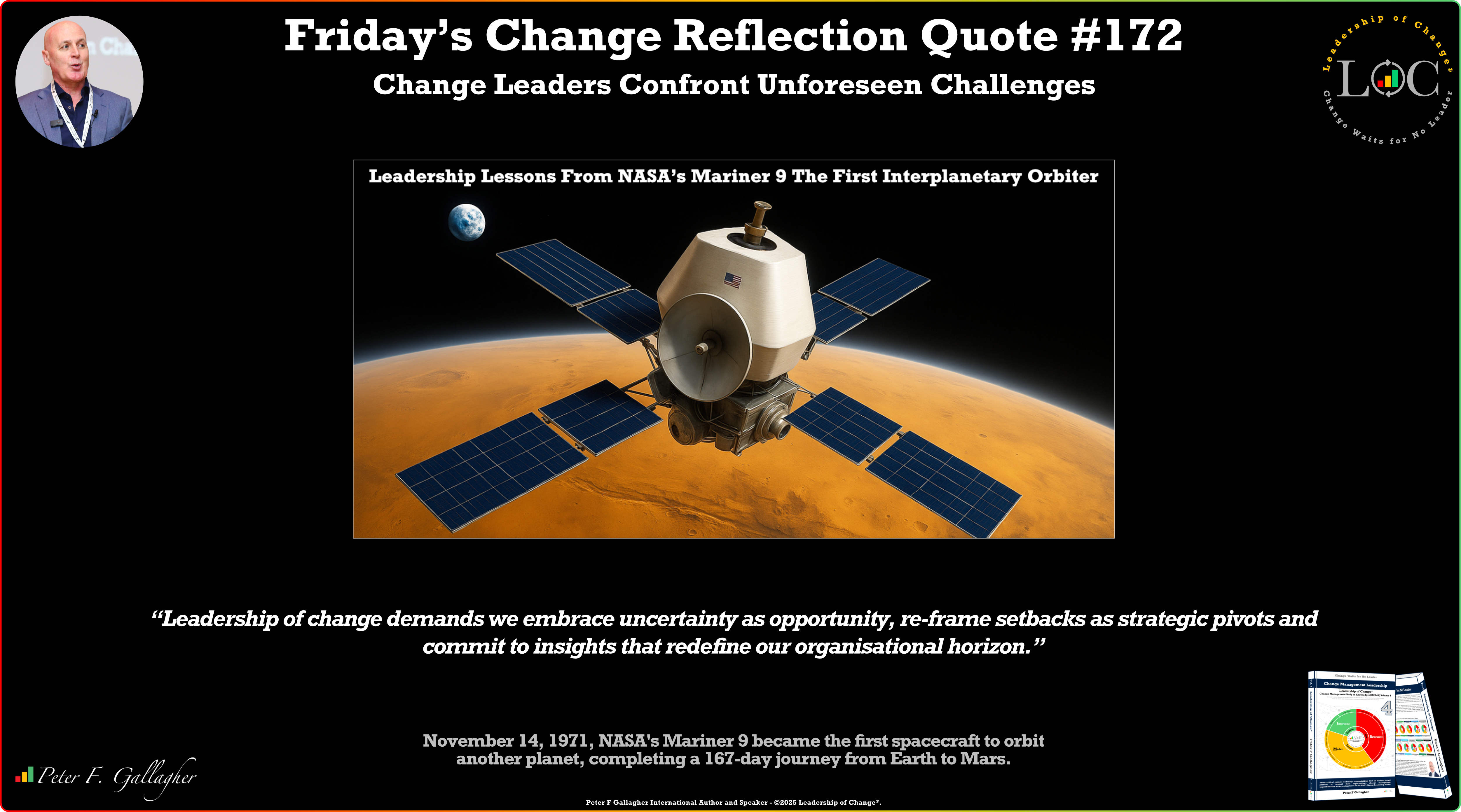Dec13

Game engines like Unreal Engine and Unity are the backbone of the gaming industry, enabling developers to create stunning, interactive worlds. But beyond creating games, these engines generate powerful metrics that provide invaluable insights into user behavior and product performance. By leveraging these data points, businesses can enhance product development across industries, from consumer goods to virtual experiences.
Here’s how game engine metrics can transform your approach to innovation.
Game engines track how users interact with various elements of a virtual environment, revealing:
For product developers, these insights go beyond gaming. Imagine using this data to test a virtual prototype of a retail store, allowing businesses to identify high-traffic zones or underperforming layouts before launching in the real world.
Example:
An e-commerce company could use game engine metrics to analyze how customers interact with a 3D virtual showroom, optimizing product placement to increase conversions.
Game engine metrics enable an iterative improvement process by showing where users spend the most time and what they ignore. This data-driven feedback loop allows teams to refine products in real-time, ensuring the final version meets customer expectations.
Key benefits include:
Example:
An automotive company designing a virtual car configurator could use game engine metrics to see which customization options users explore most, ensuring those features are highlighted in future updates.
Game engines provide detailed metrics on performance, such as frame rates, load times, and responsiveness. For industries outside gaming, these insights can ensure products run seamlessly in real-world conditions, especially for apps, AR/VR experiences, or software interfaces.
Applications include:
Example:
A virtual reality fitness app can monitor frame rates and latency to ensure a smooth and engaging user experience across different VR headsets.
Game engines often integrate advanced analytics tools like AI and machine learning. These tools can analyze patterns in user behavior to predict future preferences, enabling proactive product innovation.
Benefits of predictive modeling:
Example:
A home decor company using a 3D room design tool could leverage predictive metrics to recommend popular furniture layouts based on similar user behavior trends.
The power of game engine metrics isn’t confined to gaming. Businesses across sectors can use these insights to enhance their products and services:
Game engines are more than tools for creating virtual worlds; they are powerful analytics platforms that provide deep insights into user behavior and product performance. By harnessing these metrics, businesses can:
As the line between digital and physical experiences continues to blur, integrating game engine metrics into product development strategies will be a game-changer for industries looking to innovate and thrive in the modern landscape.
Are you ready to leverage game engine metrics for your next big idea?
By Andres Leon
Keywords: AR/VR, Innovation, Metaverse
 When One Scanner Fails: Why Resilience Starts at the Smallest Link
When One Scanner Fails: Why Resilience Starts at the Smallest Link Friday’s Change Reflection Quote - Leadership of Change - Change Leaders Confront Unforeseen Challenges
Friday’s Change Reflection Quote - Leadership of Change - Change Leaders Confront Unforeseen Challenges The Corix Partners Friday Reading List - November 14, 2025
The Corix Partners Friday Reading List - November 14, 2025 The best is in the middle: why the C-suite must be the top bun
The best is in the middle: why the C-suite must be the top bun The Philosophical Schism in AI: Language, Causality, and the Divide Between LLMs and World Models
The Philosophical Schism in AI: Language, Causality, and the Divide Between LLMs and World Models